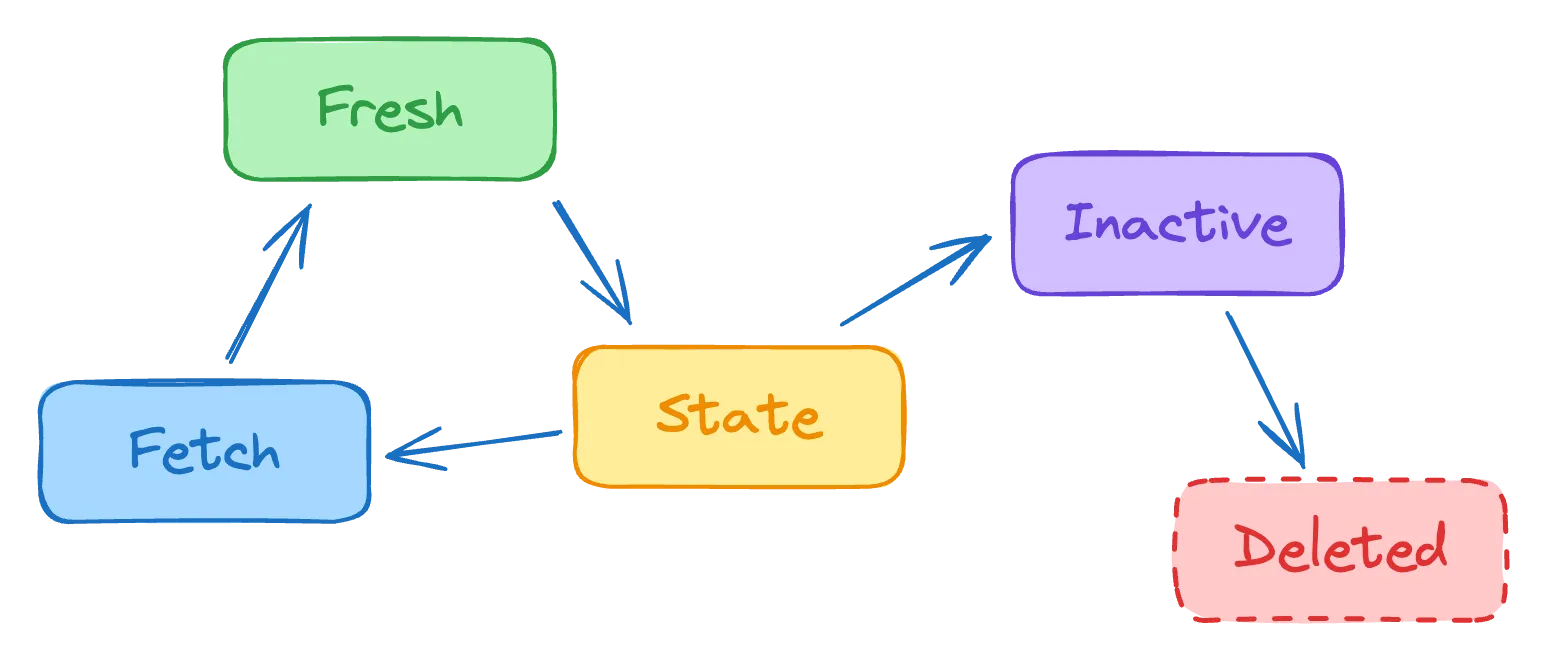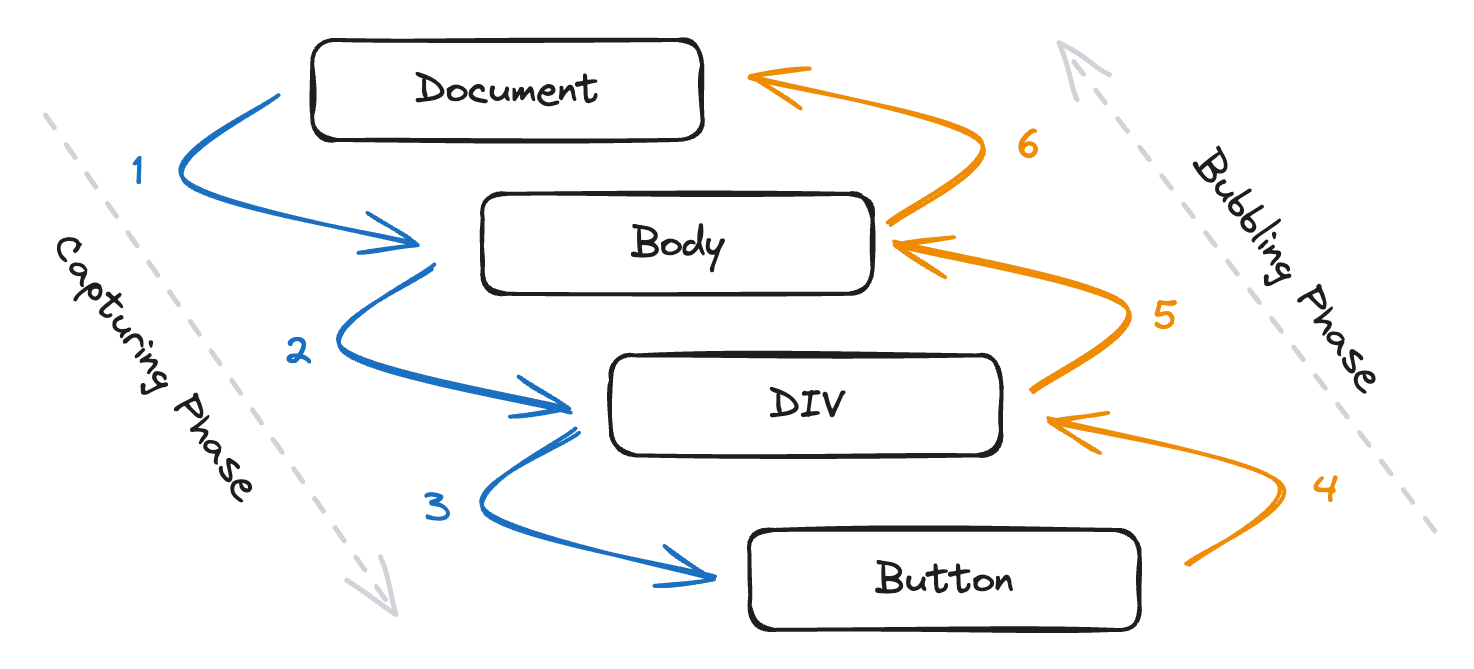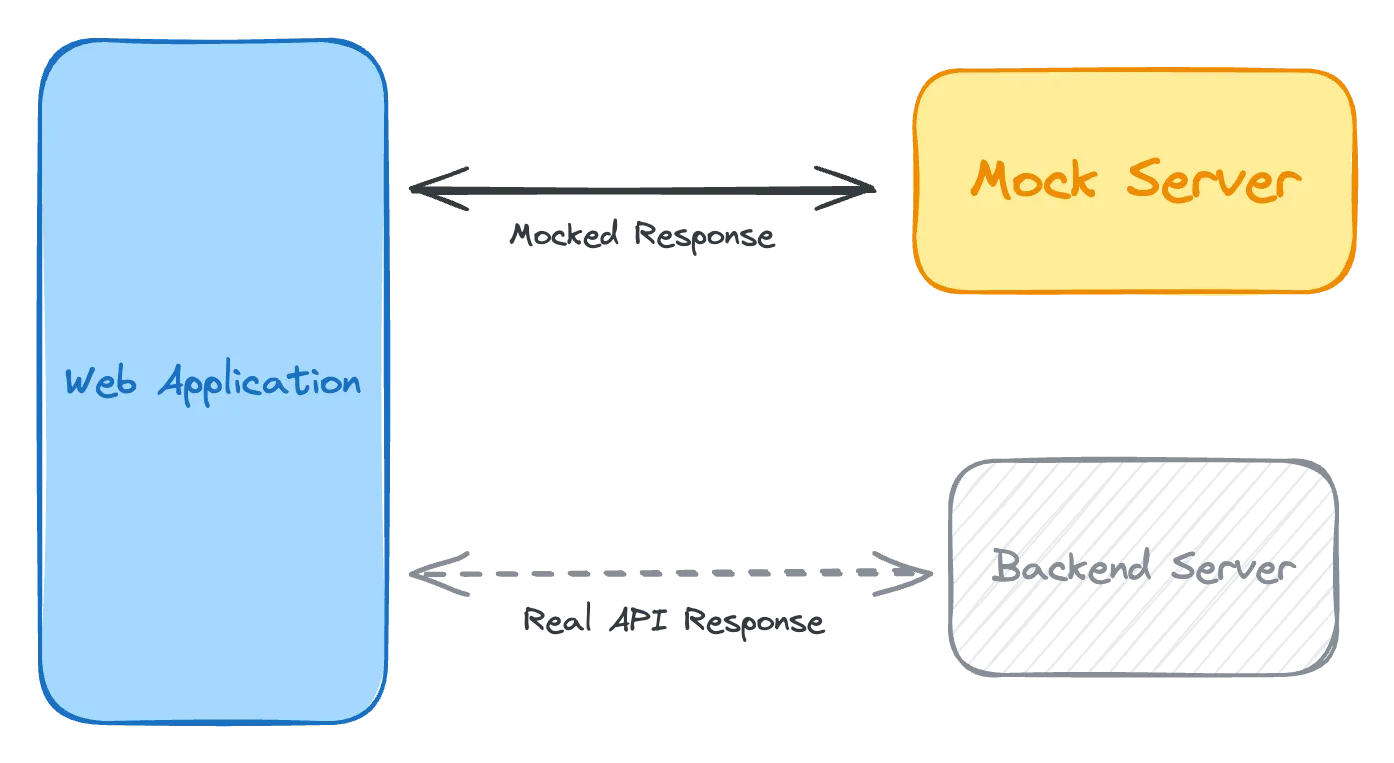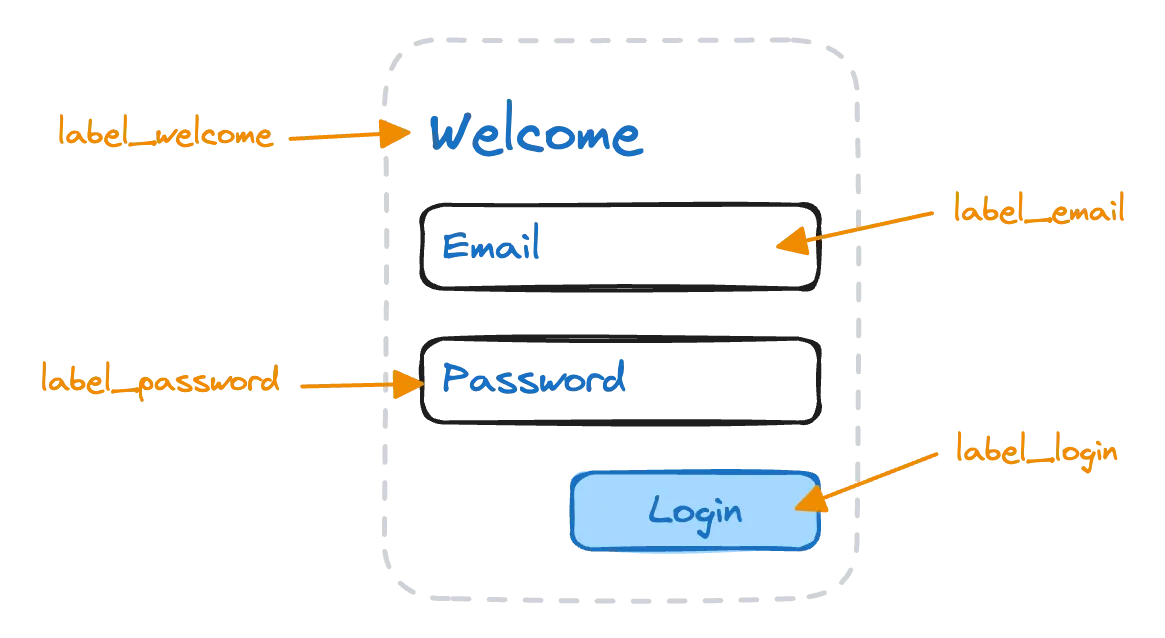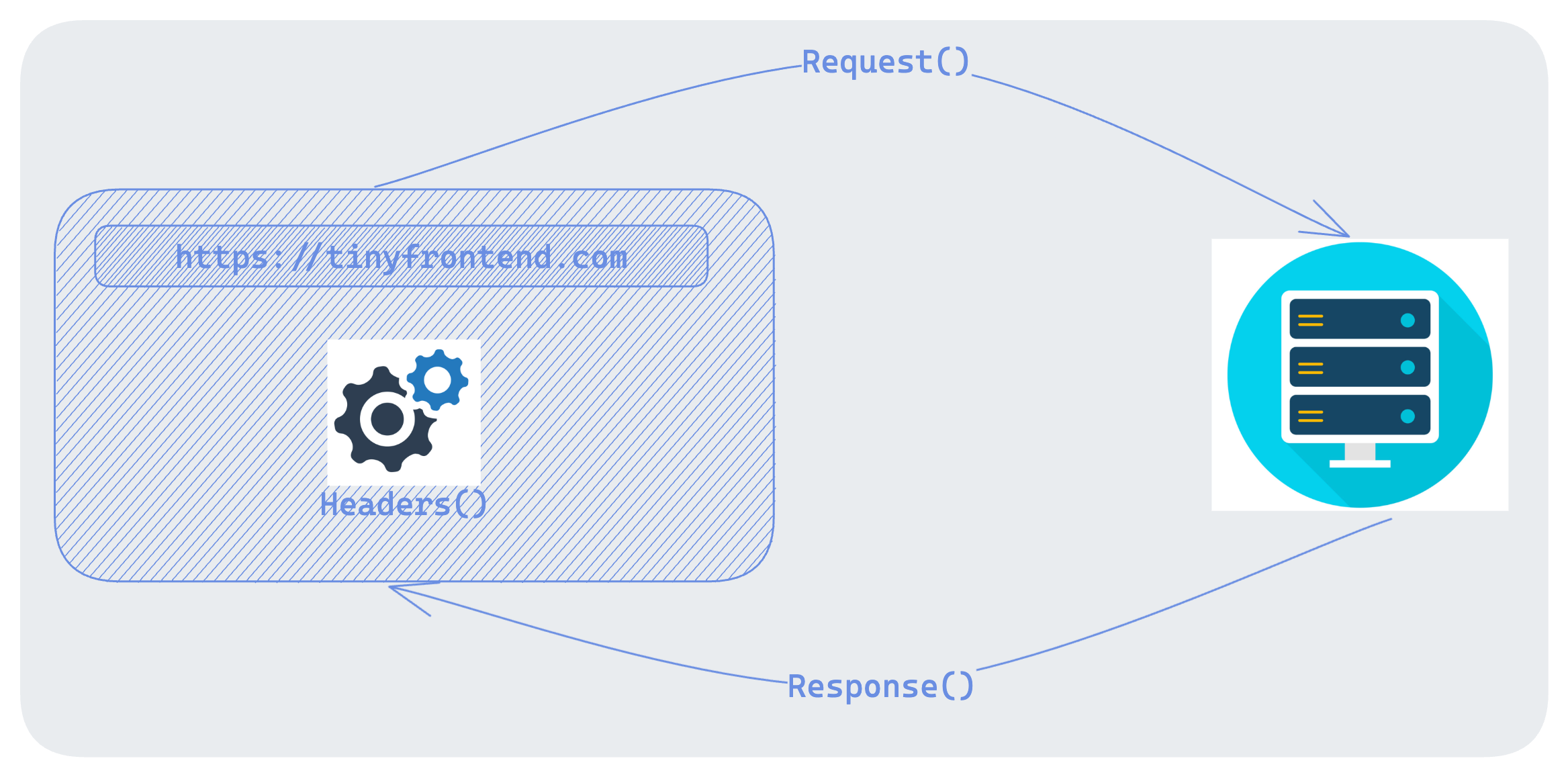Advanced Video Streaming like YouTube
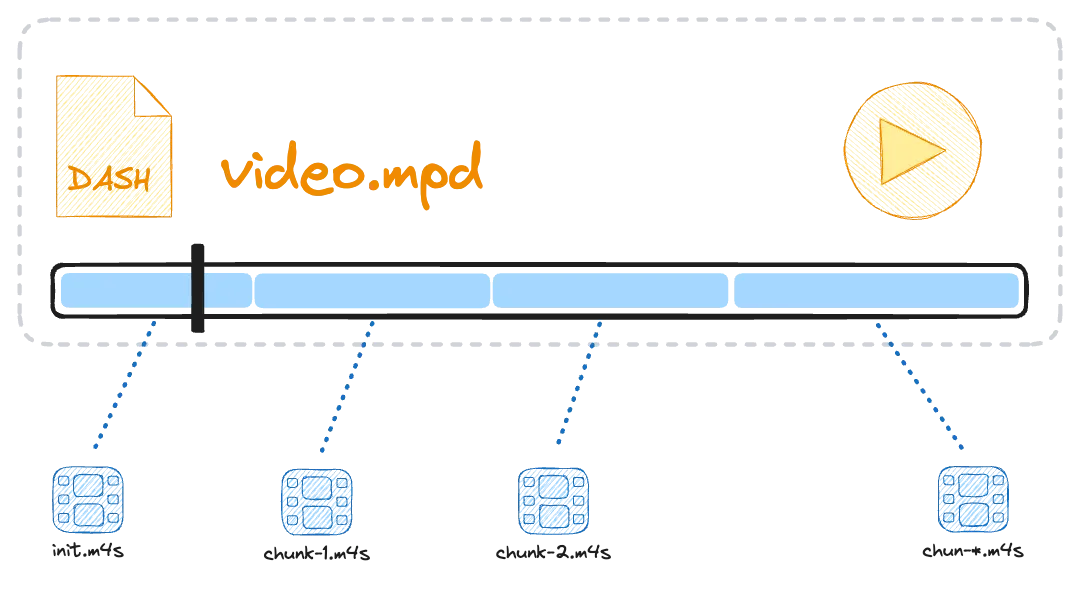
Have you ever wondered how to build a video playback feature like YouTube, where videos seamlessly adjust quality based on your internet connection?
The magic behind this is Dynamic Adaptive Streaming over HTTP (DASH), a powerful protocol designed to optimize video streaming by dynamically adjusting the quality in real-time.
In this post, we'll explore how DASH works, why it's become the go-to solution for modern video streaming, and how you can implement it to deliver a smooth and responsive video experience for your users.
DASH Protocol Overview
Dynamic Adaptive Streaming over HTTP (DASH) is an adaptive bitrate streaming protocol that enables high-quality media delivery over the internet. The protocol works by breaking content into small HTTP-based file segments, allowing for seamless adaptation to changing network conditions.
Key features of DASH include:
- Codec-agnostic design, supporting various audio and video codecs
- Adaptive bitrate streaming, automatically adjusting quality based on network performance and device capabilities
- Support for both live and on-demand content delivery
- Compatibility with existing HTTP infrastructure, reducing implementation costs
By leveraging HTTP delivery and adaptive streaming techniques, DASH addresses many challenges in modern video streaming, offering a robust solution for delivering high-quality content across diverse network environments and devices.
DASH Streaming Process
DASH works through a three-step process of encoding, delivery, and playback to provide adaptive bitrate streaming for video content.
Here's a detailed explanation of how DASH functions:
1. Encoding and Segmentation:
The video content is first encoded into multiple bitrates and resolutions to accommodate various network conditions and device capabilities. This process creates several versions of the same content, each optimized for different streaming scenarios.
The encoded content is then segmented into small chunks, typically a few seconds in duration. These segments are created for each bitrate and resolution version of the video.
An index file, known as the Media Presentation Description (MPD), is generated. This XML document describes the available segments, their URLs, and characteristics such as bitrates, resolutions, and codecs.
2. Delivery:
When a user initiates playback, their DASH-compatible player first requests and downloads the MPD file.
Based on the information in the MPD, the player begins requesting video segments from the server. These requests are made using standard HTTP GET requests.
Segments are typically delivered through a Content Delivery Network (CDN) to ensure efficient distribution and reduce latency.
3. Decoding and Playback:
The DASH player on the client device receives the video segments and begins decoding them for playback.
As playback continues, the player continuously monitors the available bandwidth and buffer levels.
Using this information, the player dynamically selects which quality level to request for subsequent segments. If network conditions improve, it may switch to a higher bitrate; if they deteriorate, it can switch to a lower bitrate.

